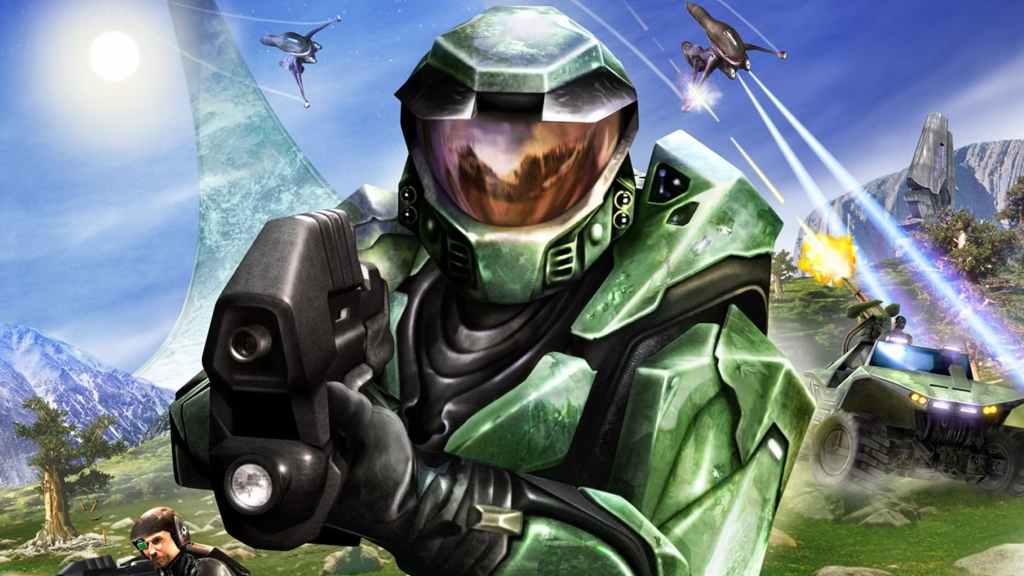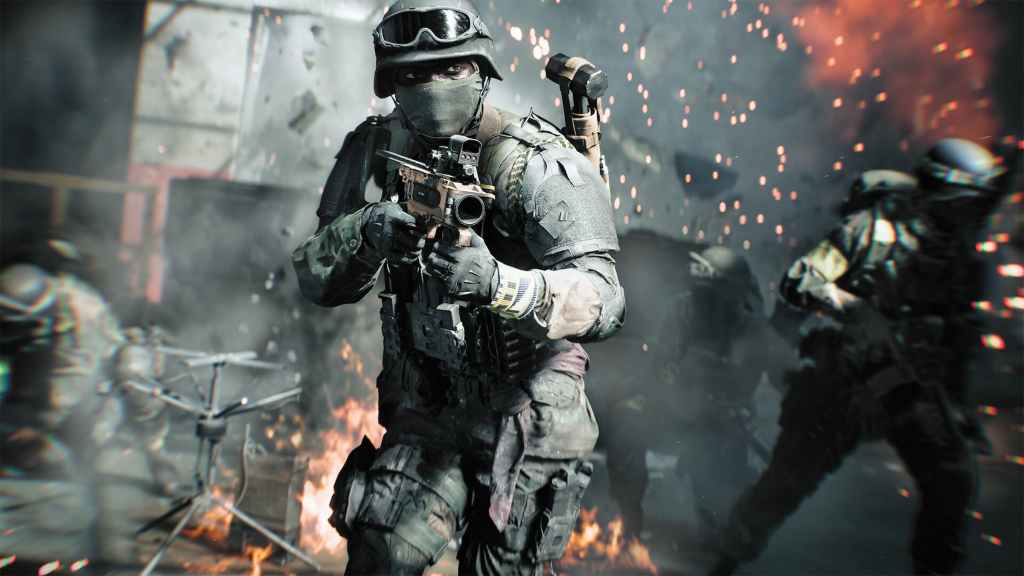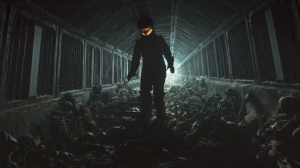Modern shooters have many differences from classic shooters. I grew up playing Unreal Tournament, Halo: Combat Evolved, and Gears of War, which taught me a skill that has been hardwired into my gaming DNA. To this day, I still find myself doing it as many other older gamers do in modern shooters. Even as the genre has evolved, this habit is hard to break, and it often results in my getting eliminated in games like Battlefield Redsec’s Gauntlet mode. What was once a necessary skill has become one that betrays gamers who grew up playing classic FPS games.
Videos by ComicBook.com
The reflex to reload after every kill is something that older games drilled into me. The desire to have a full clip before engaging in the next firefight is something I can’t shake. Even after quick reload-canceling disappeared and new mechanics interrupt the reload animation, I still find myself tapping the reload button after downing another player. Even as modern shooters punish this instinct, I just can’t seem to stop myself.
The Old-School FPS Reflex That Never Dies

Reloading after every kill wasn’t just about efficiency; it was about rhythm. Old FPS games trained me to think of the reload as part of the combat flow. I’d shoot, reload, and move on to the next engagement. Older games taught me it was essential to have a full clip, especially with longer time-to-kill in games like Halo 3. But beyond that, it just felt wrong to have a partially full clip.
In the older games, that instinct rarely punished you. Reload times were shorter, animations snappier, and canceling mid-reload was easy. Gears of War’s perfect reload further instilled in me the desire to reload after every fight, even if I only fired a few rounds. It bordered on obsessiveness with how quickly I’d tap the reload button, and this obsession continues today in modern games like Fortnite and Battlefield 6. And I know I’m not alone in this.
Don’t get me wrong, I can learn and adapt to modern FPS games. But the foundation of reloading every kill is something that has remained with me, no matter what game I play. Nowadays, it is a feature of past games, much like strafing in classic shooters. For old FPS players, reloading after every kill isn’t just about topping off a mag, it’s about honoring the rhythm that made us fall in love with shooters in the first place.
Reload-Canceling Changed Everything

Reloading was the reflex, but reload-canceling was the secret weapon. It was a hidden feature in many FPS games, a subtle move that separated casuals from pros. By timing a weapon swap or sprint just right, you could skip the last few frames of a reload animation and get back into the fight faster. Call of Duty: Modern Warfare 2 is where I used this skill the most. Rust became one of my favorite maps because of how quickly I could get back into the fight, thanks to reload-canceling and how small the map was.
It takes practice to master this skill, but you’d see an increase in your gameplay once you do. I never fully got the hang of it because it changed from game to game, but I got decent enough to get cocky. I’d unload into an enemy, dropping them, then quickly reloading and canceling the animation when I needed to. Every firefight became a rhythm game: shoot, reload-cancel, move, repeat. It kept combat fluid, satisfying, and fast.
But developers began pushing for realism and balance, causing reload-canceling to become a thing of the past. Modern games started locking reload animations to discourage exploits. You couldn’t just sprint out of one anymore. You had to sit there and watch the animation, which often got me killed because in Battlefield 6 I’d reload after dropping one enemy, even though I had plenty of bullets and there were two more right in front of me. It made sense from a design standpoint, but for veterans, it felt like losing a piece of identity.
Modern Mechanics Are Making It Harder to Keep Up

As first-person shooters evolved, so did their mechanics and not always in ways that favored old-school players. Today’s FPS games ask players to juggle sprinting, clambering, sliding, mantling, and ability usage, all while managing longer reload animations and more realistic timing. FPS games have come a long way since you could duck behind cover, tap reload, and dive back into the fray in moments.
Nowadays, sprinting completely cancels your reload. There is no timing to cut down on the animation. Or some games force you into the reload animation once you begin it, leaving you open to enemy fire while you desperately wait for your magazine to refill. Finally, some games do let you cancel reload animations, but include a massive delay for doing so. All of this has led to me getting punished frequently for reloading when I shouldn’t.
And yet, I can’t stop doing it. Even knowing it’s dangerous, my instincts kick it, and I reload after firing a portion of a clip. In this case, nostalgia isn’t a good thing, even if it is my comfort. I’ve tried to break the habit, but time and time again, it has gotten me eliminated in key moments. You’d think I’d learn, but after years of growing up with this reflex, I’m still always halfway through a reload when another player appears. It’s infuriating, hilarious, and completely inevitable. Once a reload addict, always a reload addict.
What do you think? Leave a comment below and join the conversation now in the ComicBook Forum!









